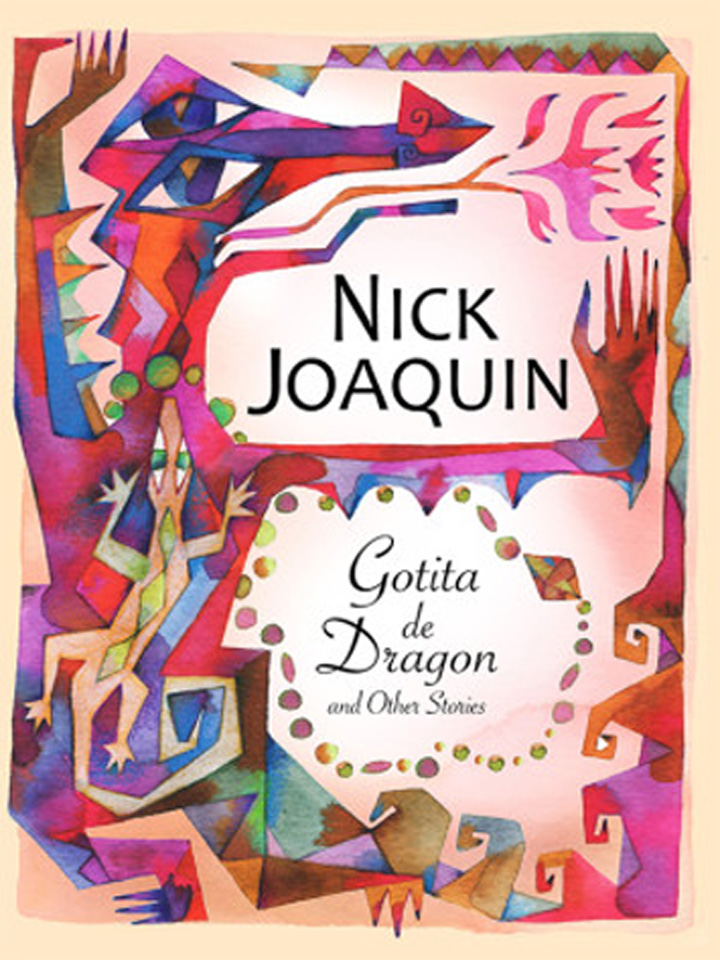Book review: ‘Gotita de Dragon and Other Stories’ brings Nick Joaquin to new generation
The soundclip below is a reading of an excerpt of one of the stories, "The Travelling Salesman and the Split Woman," performed by Nonnie Buencamino.
In 2017, the country will be celebrating the birth centenary of National Artist for Literature Nick Joaquin, who is widely acknowledged as “the most distinguished Filipino writer in English.”
Joaquin’s family, together with other organizations and individuals, is planning activities leading up to his centenary that will celebrate his life and his works.
Charo Joaquin Villegas, Joaquin’s niece and literary executor, said that they would like, in particular, “to bring his writings back to the consciousness of the young” because they discovered after conducting informal surveys that “most of the under 40 crowd no longer know him.”

The stories are retellings of popular folk tales and fairy tales, imbued with elements of the gothic, horror, science fiction, urban fantasy, and mystery.
Rather than release the stories as individual picture books, Ramon Sunico, who oversaw the conceptualization of the book for Anvil Publishing, said that they decided to present the stories in a collection “to address both the growing appetite of young adult readers and the content requirements created by great changes in the national educational curriculum.”
However, the publishers still wanted the book design to be reminiscent of classic children’s books, so they commissioned renowned children’s book illustrator Beth Parrocha to create the cover and interior art.
Parrocha went beyond her usual whimsical style to create black and white single page illustrations and drop letters for each story that, as Sunico puts it, channel “the edginess of Joaquin’s imaginings.”
The book is indeed a great way to introduce Joaquin to younger readers who may not know him, and even to older readers who likely steer clear of his books because those trigger “book report” alarms in their heads.
The stories in the collection are light reading compared to Joaquin’s longer fiction, but his mastery of language and wordplay is still very much in evidence. Some of the stories even feature poetry and songs.
Older readers will appreciate his wit and humor, the deeper themes he tackles in the stories, and the way he is able to write a single line that can be interpreted on different levels depending on one’s experience and understanding.
Younger readers will enjoy the variety of plots and settings, and the clever twists in the familiar tales—just when you think you know how what’s going to happen next, Joaquin always manages to surprise.
His writing is also very visual. It will not be difficult for readers to create mental movies of these stories even without the benefit of Parrocha’s wonderful art. In fact, it will be a delight to see his best children’s stories in a visual medium, like an animated short film, presented in a kind of children’s film festival.
Meanwhile, the countdown to Joaquin’s centenary continues with an exhibit of his memorabilia and a series of talks at the Ateneo de Manila University’s Rizal Library in July. — VC, GMA News




